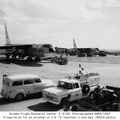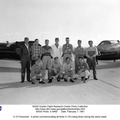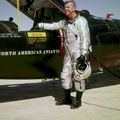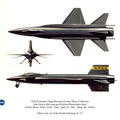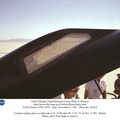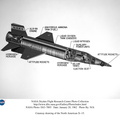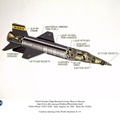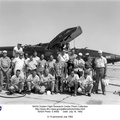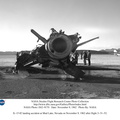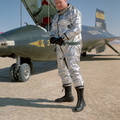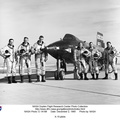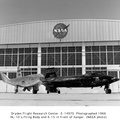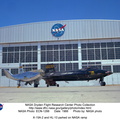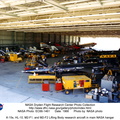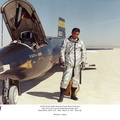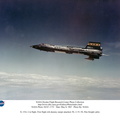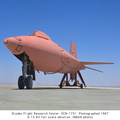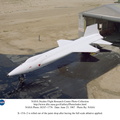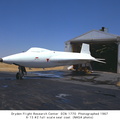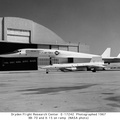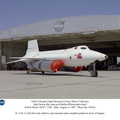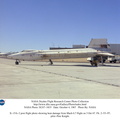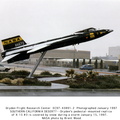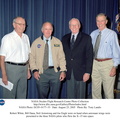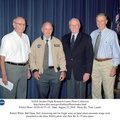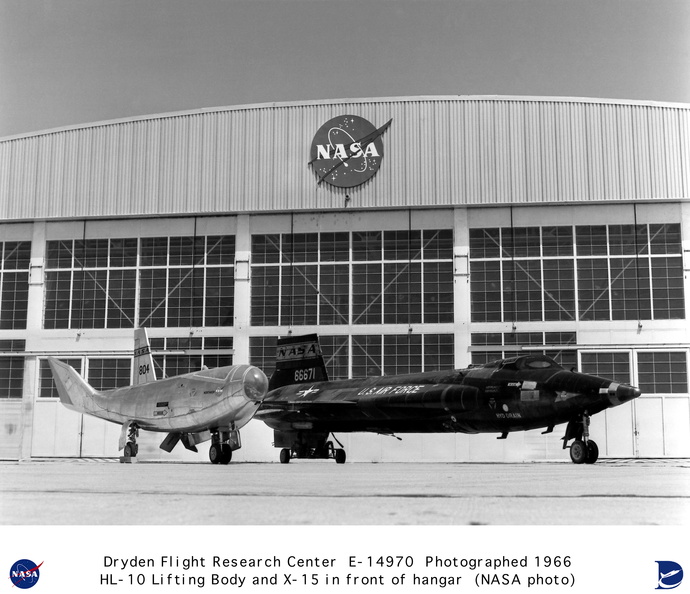
WIKIARCHIVES.SPACE
The Human Spaceflight Archive

Information
- Taken in
- Edwards Air Force Base
- Author
- NASA
- Description
- Both the HL-10 and X-15A2, shown here parked beside one another on the NASA ramp in 1966, underwent modifications. The X-15 No. 2 had been damaged in a crash landing in November 1962. Subsequently, the fuselage was lengthened, and it was outfitted with two large drop tanks. These modifications allowed the X-15A-2 to reach the speed of Mach 6.7. On the HL-10, the stability problems that appeared on the first flight at the end of 1966 required a reshaping of the fins' leading edges to eliminate the separated airflow that was causing the unstable flight. By cambering the leading edges of the fins, the HL-10 team achieved attached flow and stable flight.
- Created on
- Friday 27 May 1966
- Source link
- https://www.dfrc.nasa.gov/Gallery/index.html
- Visits
- 35
- Rating score
- no rate
- Rate this photo
- License
- Public Domain
- Modified by WikiArchives
- No (original)
- Downloads
- 1
Powered by Piwigo










































